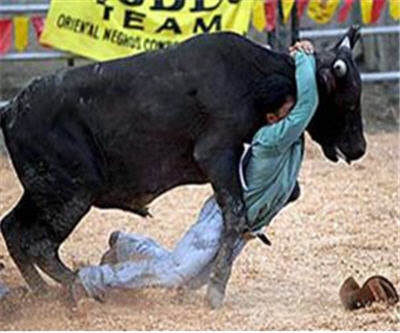
The gold price fell $20 on Wednesday, hurt by a combination of renewed confidence in the strength of the US economy from the Federal Reserve and a conciliatory tone from Russia over the conflict in Ukraine.
On the Comex division of the New York Mercantile Exchange, gold futures for June delivery traded at $1,286.60 an ounce in early afternoon dealings, at the lows of the day and down $20.00 from yesterday’s close.
Gold’s status as a hard asset and safe-haven during times of turmoil was tarnished after Russian President Vladimir Putin assured NATO and the Pentagon that the country had withdrawn its soldiers from the border with Ukraine:
“We’re always being told that our forces on the Ukrainian border are a concern. We have withdrawn them. Today they are not on the Ukrainian border, they are in places where they conduct their regular tasks on training grounds,” Putin said.
Putin’s words were met with widespread skepticism, but gave traders an excuse to take some profit in gold which touched a three week high on Monday.
US Federal Reserve Chairman Janet Yellen delivered another body blow to gold when in testimony to the US Congress on Wednesday, she said the US economy was on track for “solid growth” during this quarter after weather affected Q1, signalling that interest rates may start to rise sooner than thought.
Yellen also said that the world’s largest economy still needs “high degree of monetary accommodation” referring to the central bank’s stimulus program.
The Fed is in the process of winding down the program by the fall after flooding markets with in excess of $4 trillion of easy money.
Better yields from US government securities prompts investors to move out of gold which produces no income. A stronger US economy also attracts dollar buying and diminishes gold’s allure as a hedge against inflation and storer of wealth.
Investors also continued to pull money out of the SPDR Gold Trust (NYSEARCA:GLD), the world’s largest physically-backed gold ETF accounting for over 40% of total holdings in the industry.
Holdings in GLD continued to slide in May after 24 tonnes worth of net redemptions in April. Holdings now stand at 782.85 tonnes or 25 million ounces, the lowest level since January 2009.
After an atrocious 2013 when GLD recorded only 17 days of inflows and almost 540 tonnes left the fund, the tide seemed to have turned early in 2014.
But after peaking at 821 tonnes in March, GLD investors started taking profits after the gold price hit a wall around $1,380 an ounce.
Buying of gold ETFs trust – fondly referred to as the people’s central bank – since 2003 when the first of its kind was launched in Australia played a huge part in gold’s 12-year bull run.
Gold bullion holdings in global ETFs hit a record 2,632 tonnes or 93 million ounces in December 2012.
But last year the world’s more than a 50 physically-backed exchange-traded gold funds and scores more gold futures-based trusts experienced outflow of some of 880 tonnes collectively.
As gold declined 28% over the course of 2013 precious metals investment vehicles suffered depreciation in value of close to $80 billion.